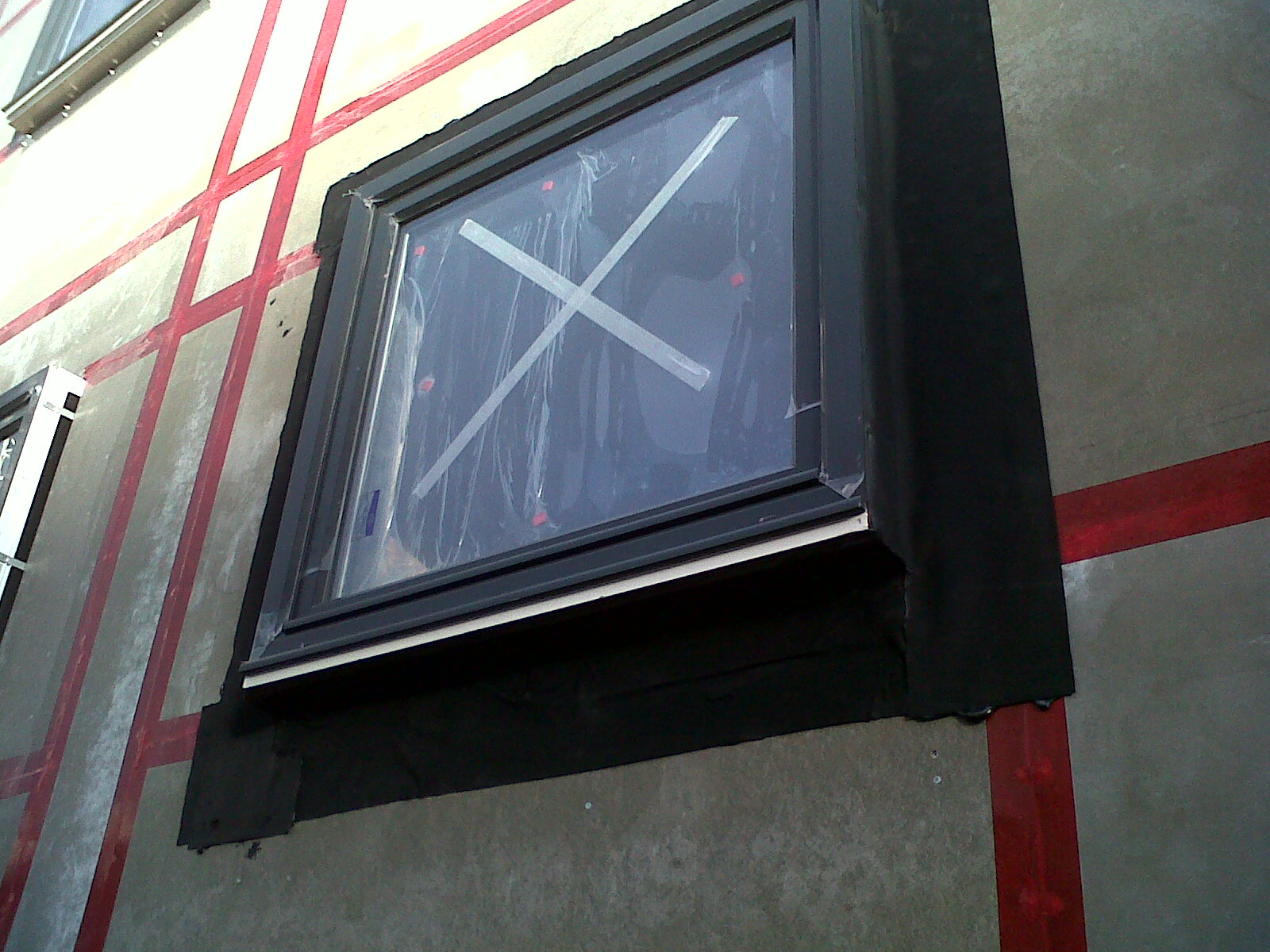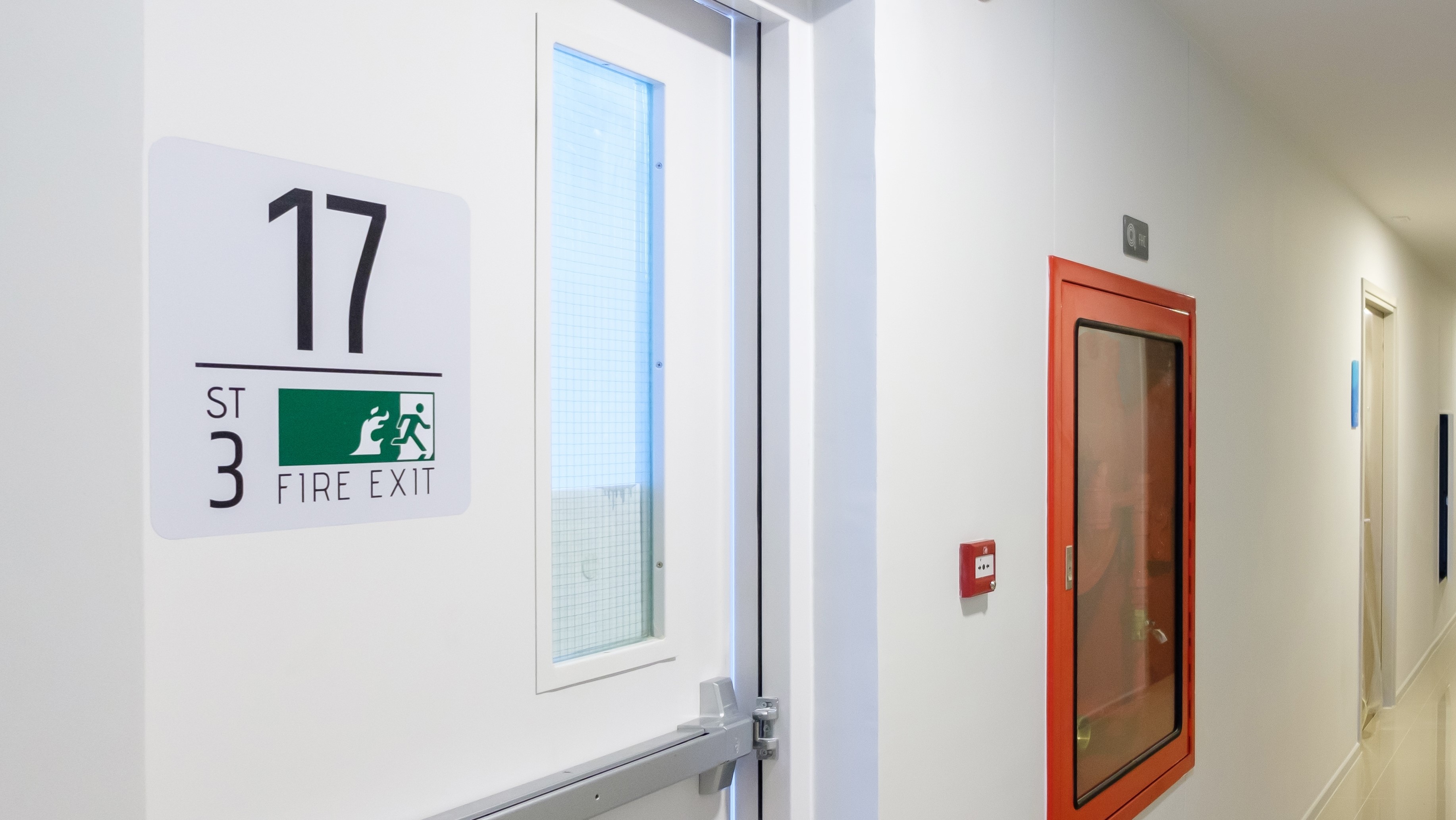
Although Material and workmanship: Approved Document 7 may seem simple, modern building envelopes are not.
Following revisions to the Building Regulations in 2018, which in effect banned the use of combustible materials, the Centre for Window and Cladding Technology (CWCT) and the Society of Facade Engineering (SFE) quickly realised that additional guidance was needed to enable consistent interpretation.
With limited exemptions, the regulation requires all materials in the external walls of relevant high-rise buildings – broadly speaking those with a storey above 18m where there is sleeping accommodation, such as residential blocks, student halls and hotels – to achieve class A2-s1, d0 or better, as defined in BS EN: 13501-1:2018.
Key to Material and workmanship: Approved Document 7 are the exemptions provided. However, these still do not take the complexity of modern facades into full account. As a result, ambiguity and uncertainty remain over the combustible materials that may or may not be used, and in what circumstances it may be appropriate to use them.
Professional guidance aims for consistent approach
The CWCT and the SFE therefore assumed responsibility for publishing guidance on this subject, which they did in 2020, revising this last July to reflect the changes made in 2022.
The work involved collaboration between facade engineers, fire engineers, architects, building control professionals, surveyors and manufacturers. The aim is to provide consistent, pragmatic guidance that the whole construction industry can adopt.
Without a consistent approach, there is uncertainty about the materials that can be used and the potential for conflict between different parties. As such, the different sectors of the industry need to familiarise themselves with this guidance.
However, given the fragmented nature of the process for designing, constructing, assessing and approving external walls, this is a challenge in itself.
Prescriptive terminology presents potential conflicts
Due to the prescriptive nature of the Building Regulations, one of the key challenges faced by the construction industry in interpreting Material and workmanship: Approved Document 7 has been the terminology that is used.
Is a material simply defined by its structure and composition, or does it also depend on its function? This is important, as it potentially affects which materials can and cannot be used.
If a membrane material is used to seal a window opening, for instance, is it defined as a membrane or as a seal? If it is considered as a membrane, guidance in Fire safety: Approved Document B recommends that it fulfils the requirements of class B-s3, d0.
However, if it is defined as a seal then Fire safety: Approved Document B imposes no specific restrictions.
To understand the significance of this, we need to look beyond fire performance. A seal around the perimeter of the window is also vital in terms of preventing water ingress and minimising air leakage.
Yet its performance depends not only on the material used but also the quality of installation. It is therefore important to recognise practical considerations as well when establishing whether materials are appropriate.
When the CWCT and SFE first published their guidance, class B membrane products lacked the flexibility needed to support straightforward installation. This prompted the guidance's conclusion that a membrane material sealing a window to a back wall can be considered a seal.
Were this not the case and it was instead considered a membrane – and therefore subject to the class B-s3, d0 recommendation in Fire safety: Approved Document B – the resultant lack of suitable products could have resulted in significant problems for overall building performance.
Our interpretation has been widely adopted, and is just one example of the pragmatic advice provided by the guidance.
However, although the exemptions to Material and workmanship: Approved Document 7 acknowledge the vital role that certain combustible materials play in the performance of modern facades, it is important to recognise that the industry has responded to the de facto ban by developing new materials that do comply with the regulation.
Where such materials do not compromise other aspects of performance, it will almost always be appropriate to use them instead of a more combustible alternative.

Is this a membrane or a seal? © CWCT
Document keeps evolving to reflect context
Work on this guidance is ongoing: it does not cover every situation, and government regulation and policy continue to evolve.
The guidance is therefore a live document. CWCT and SFE welcome feedback on the interpretations our guidance provides, or any conflicts that users experience in applying them, as well as suggestions for materials or systems not covered. This is all part of the collaborative approach taken to producing this key guidance.
Enabling RICS SME members to thrive
At RICS, we want our SME members to flourish. Our SME Business Support Hub is a great place to start finding out more.
Whether an experienced or start-up SME, you'll find tailored support and resources, such as:
- guidance on business models
- statutory requirements
- insurance
- financial management
- marketing and promotion
- practical advice on aspects of buying, selling or leasing property.
We also send a monthly SME newsletter, sharing relevant support, insight and knowledge. You can sign up for this by emailing RICS directly.
Our quarterly UK Economy and property market update is also designed with SMEs in mind, providing the kind of detailed analysis and insight that may otherwise be out of reach. We conduct regular webinars as well, to take members through the latest updates and provide a forum for their questions.

